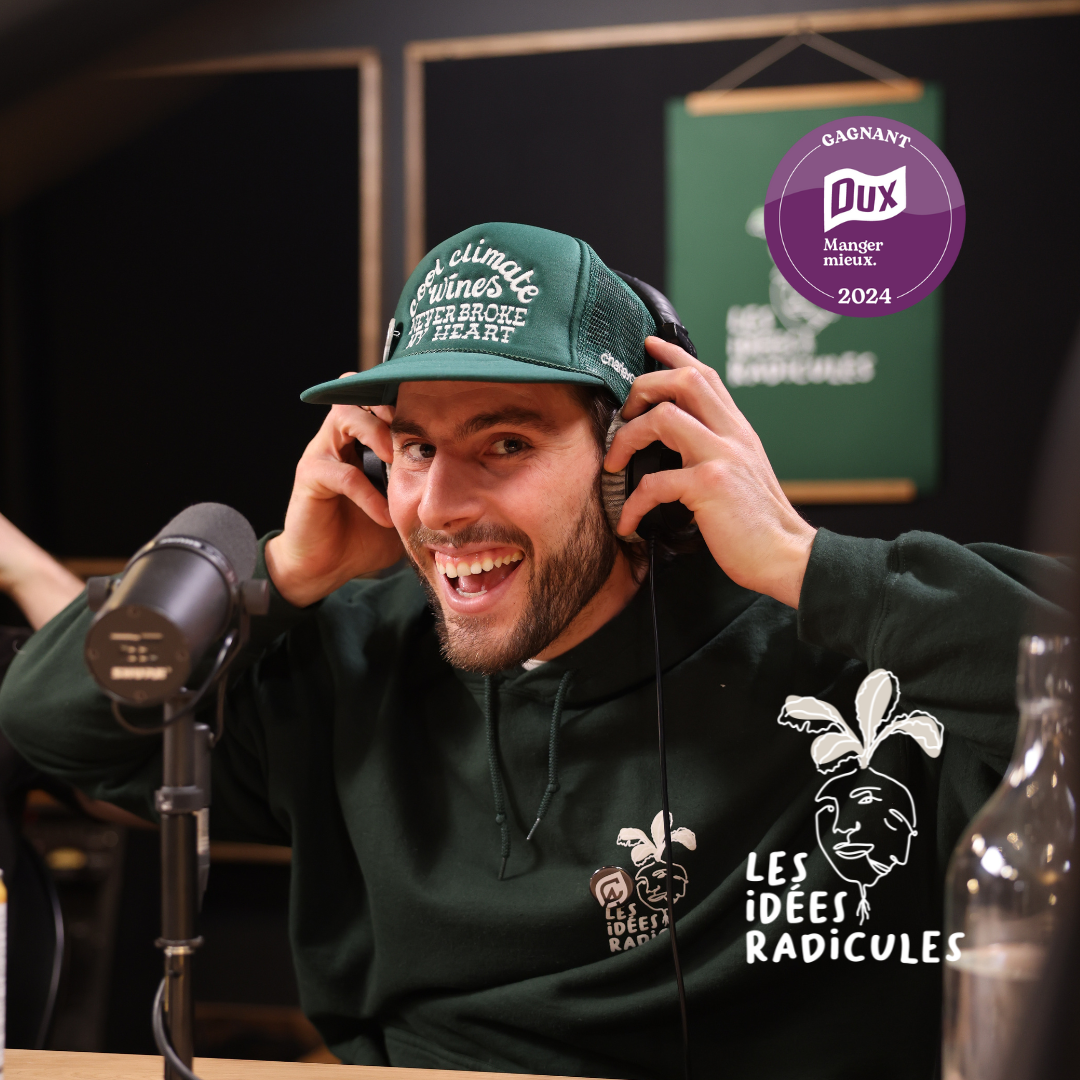The king of atoca
"The fruit never falls far from the tree." This proverb perfectly suits Marc Bieler, the largest cranberry producer in Canada and one of the largest in the world. In short, the man from Saint-Louis de Blandford is a precious seed born from three well-rooted roots.
It was first in Switzerland, on the country estate of his botanist grandfather, that he became interested in agriculture. Then, like his father, who had been Deputy Minister of Finance under Adélard Godbout, Marc took up a position in the Ministry of Agriculture in regional development. Finally, there was his significant encounter with his mentor Pierre Dansereau, the father of modern ecology, who taught him as part of his master's degree in urban planning.
In 1969, with a bachelor's degree in economics, the budding entrepreneur settled in Frelighsburg, where he acquired his first orchard. He began processing apples into juice. The rest was (almost) self-evident. After experiencing the first effects of climate change in the form of hail, freezes, and thaws, Marc decided to diversify his production. He turned his attention to cranberries, a fruit grown in peat bogs in cold regions, for juice production.
It didn't matter that there was only one cranberry producer in Quebec at the time, and that he had to sell his entire harvest to the American giant Ocean Spray. In 1983, at the age of 45, he began growing cranberries on land unsuitable for agriculture. The small plot he started with would grow into a large one.
After his cranberry farm in Saint-Louis de Blandford, he developed a second in Notre Dame de Lourdes, another in Saint-Augustin, yet another near Syracuse, New York, and then a fifth in Péribonka. In all, Bieler Cranberry farms 1,500 laser-leveled acres. He made his business so successful that three years ago, Ocean Spray, the powerful cooperative of 800 cranberry growers, offered to buy his factory. The deal was done.
Today, Marc continues to fill his freezers with a capacity of nearly 23,000 tonnes (50 million pounds) in the middle of his peat bogs which are still home to voles, harriers, ducks, dragonflies, roe deer, moose and what else.
While field management techniques have evolved considerably over the past 40 years, Marc is well aware of the environmental issues surrounding this crop. This disciple of Pierre Dansereau truly wants to promote sustainable agriculture that has nothing to do with corn or soybeans, for example. It's no coincidence, then, that he recently made a $15 million contribution over 20 years to support research at the McGill School of the Environment, which renamed the institution after him.
"We now have automated irrigation and frost protection systems. Sensors are installed in the fields and automatically trigger the sprinkler systems when needed. All our data is computerized. It's become very sophisticated. In terms of pesticides, the products are much more targeted and less toxic to animals. Currently, on our fields, we have launched several research projects on new products that will be submitted for approval."
At 83, the patriarch, still dangerously fit, has just emerged from a family meeting he had convened with his five children. While the main challenge is maintaining the company's position in its core business, other cards are on the table. The family is toying with the idea of some diversification.
Now that the eldest, Jean-François, is the general manager of Dion Herbes & Épices, the largest seller in this sector in Quebec, a breakthrough in the agri-food sector is seriously being considered. Marc also has high hopes for the youngest, Florence. She holds a bachelor's degree in agronomy from McGill University and is completing an MBA at Laval University. Dad is desperately hoping that she will return to practice her talents in the family's cranberry fields. Clearly, the Bielers haven't said their last word!






